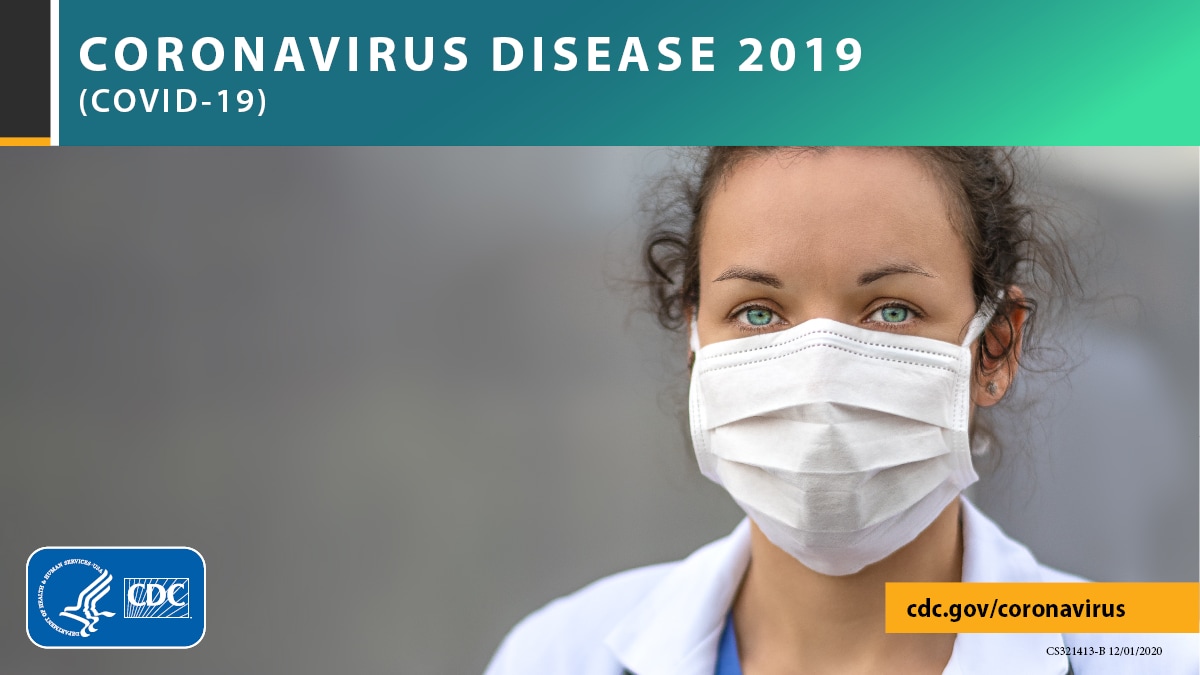I agree with most of what you say. Unfortunately, we can't do the things that will truly put a stop to the virus, such as staying home and avoiding indoor gatherings. We have to go to work, school, stores, doctor's offices, etc. Masks are what we CAN do, and one's attitude towards them depends on how willing you are to accept that doing something that may help is better than doing nothing. I remember being upset by the CDC's initial recommendation stating that one of the "benefits" of masks was their usefulness in reminding people that the virus is present and we need to do the other things (like avoiding prolonged indoor contact with others) that really do work. But my husband was on board with the CDC's reasoning, saying that once the masks are gone, people will go back to business as usual.
Most of the early studies concluded that widespread wearing of masks could inhibit the spread of the virus, but it seems this is on a macro level and assumes people will wear them whenever they are in public, and will wear them correctly. As far as providing protection for individuals, I do remember an instance where two hair stylists had COVID but did not pass it on to any of their clients. But no one can say whether that was because of masks - there was a study that even spouses and family members of COVID patients had only a 27% or 19% chance, respectively, of being infected.
There were some recent reports (I don't know how valid) that wearing a mask could inhibit the amount of virus that enters your system even if you are exposed, resulting in a milder illness. That possibility makes mask-wearing more tolerable for me.
I agree with you about the odds of being infected by momentarily passing someone not wearing a mask. The vast majority of people do not have COVID, and the CDC has not indicated that transmission by so brief an encounter is likely. Like you, I follow the rules, and I am seriously annoyed by others who do not. But I don't think the overly dramatic rhetoric is helpful - these people may be jerks, but they are not "sentencing someone to death."
I don't believe that any and all discussions about masks are useless; information is still coming out (like the report saying masks can, contrary to earlier beliefs, protect the wearer to some extent). What I don't find productive are the fly-by quips calling people idiots or labeling them as selfish simply because they are not persuaded that masks are as effective as others believe. That type of language should be reserved for the people who actually disregard the rules that are in place. There is a difference.


